Composers / Edvard Grieg / Routes

Trasa Copenhagen
For almost four hundred years (up to 1814), Norway was under Danish rule. All ‘Norwegian’ institutions were based in Copenhagen: the royal court, the parliament, the government, the university, the banks, and so on. Officials in Norway were either native Danes or Norwegians trained in Denmark. From 1814, Norway entered into a union with Sweden. With time, the Norwegians gained their own parliament (the Stortinget), their own national bank, a Norwegian university and national theatres (the first one, in Bergen, in 1850).
Throughout the nineteenth century, however, Copenhagen remained the most important academic and artistic centre for Norwegians.
In 1861, the Danish capital had 170,000 inhabitants.
Edvard Grieg came to Copenhagen in 1863, following his studies in Leipzig. He wanted to continue his studies and hone his skills in the art of composing. He had family here: his uncle Herman Hagerup and his aunt Adelina Falck Werligh, director of a theatre company, with their three daughters, Nina (Edvard’s future wife), Tonny and Yelva, who had moved here from Bergen in 1851. Fellow students from Leipzig were waiting for him here, above all the composer Johan Ole Emil Horneman.
In 1864, they founded together the ‘Euterpe’ New Music Society, with the aim of popularising Scandinavian music.
Grieg stayed in Copenhagen for six years, with a four-month break to travel to Rome around the turn of 1866. Throughout their marriage, Nina and Edvard had a home from home in Copenhagen. In the winter, they would spend long months here, on account of Edvard’s health. After the composer’s death, in 1907, Nina Grieg moved to Copenhagen for good and would visit Norway and Troldhaugen only in the summer.
-

From left: Johan Svendsen, Edvard Grieg, Edmund Neupert, phot. Claus Knudsen, Bergen Offentlige Bibliotek.
-
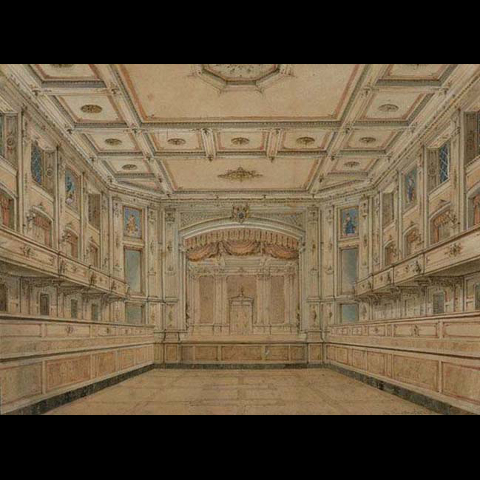
Inside of Casino Theater. Teatermuseet i Hofteatret. (creative commons)
-

Mothsgaard in Søllerød. (creative commons)
-

Niels Wilhelm Gade. Hans Christian Andersen Museum. (creative commons)
-
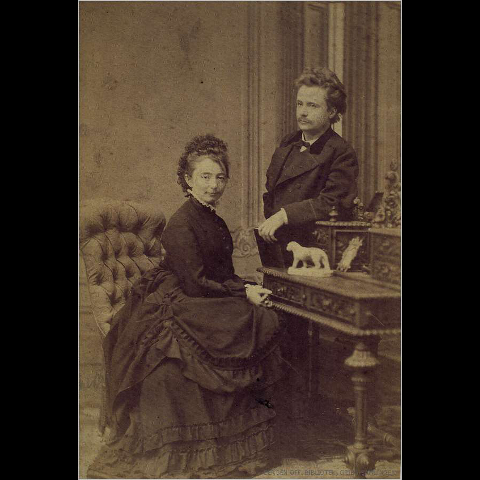
Nina and Edvard Grieg in Kopenhagen (1867), Bergen Offentlige Bibliotek.
-

Nina Grieg with daughter Alexandra (1868), Bergen Offentlige Bibliotek.
-
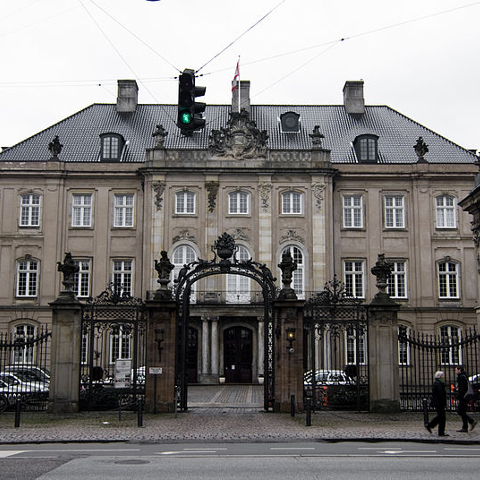
Odd Fellows Mansion. (creative commons)
-
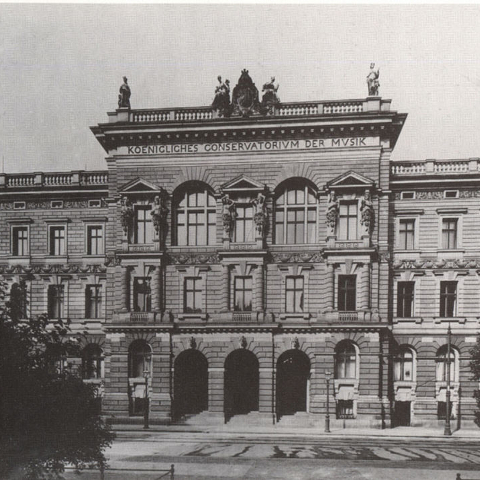
Royal Conservatory of Music of Leipzig (1910). (creative commons)
-
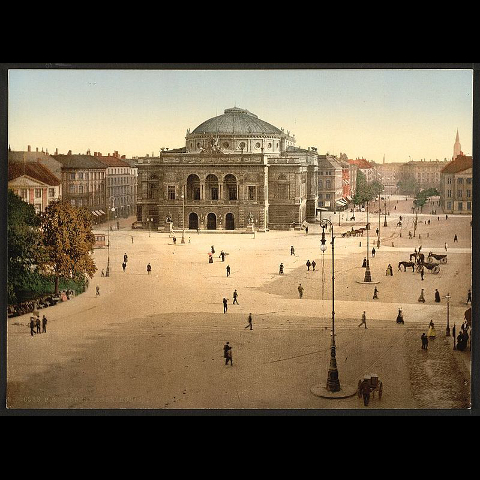
Royal Danish Theatre (between ca. 1890–1900). (creative commons)
-
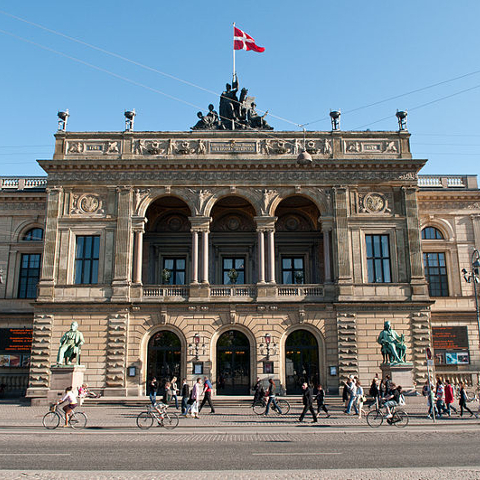
Royal Danish Theatre (today), photo Axel Kuhlmann. (creative commons)
-
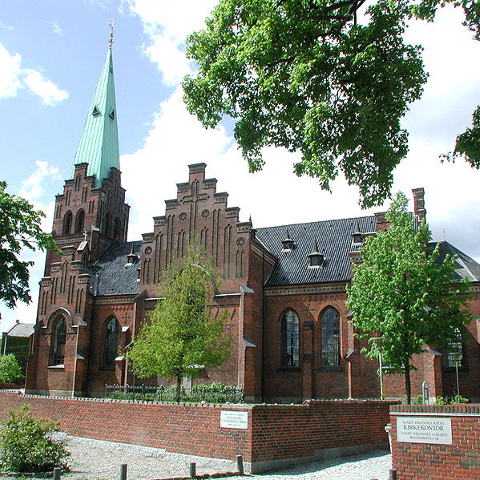
The Church of St John.
-

The Church of St John.
-

Title page of 6 Norwegian Mountain Melodies by Edvard Grieg. (creative commons)
-
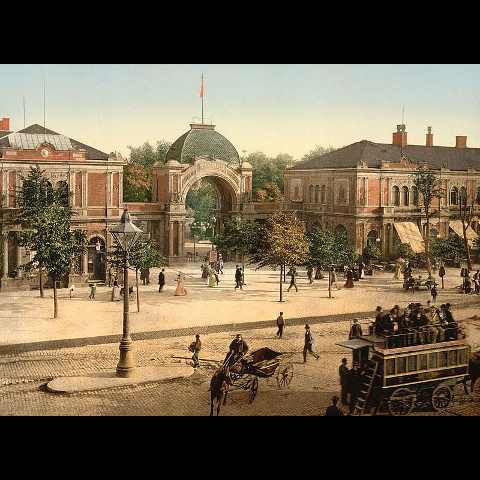
Tivoli Gardens (between ca. 1890 and ca. 1900). (creative commons)
-

Tivoli Garden (today). (creative commons)
| Route | Route type |
|---|---|
| Bergen | Local |
| Copenhagen | Local |
| Kristiania/Oslo | Local |
| Lipsk | Local |
| Other cities in Europe | Regional |
| Rome | Local |
| The journey around northern Zealand | Regional |
| Troldhaugen | Local |
:

Sankt Hans Torv

10 Amaliegade

35 Søllerødvej

28 Bredgade

36 H. C. Andersens Boulevard

9 Kongens Nytorv

3 Vesterbrogade

9-11 Gothersgade